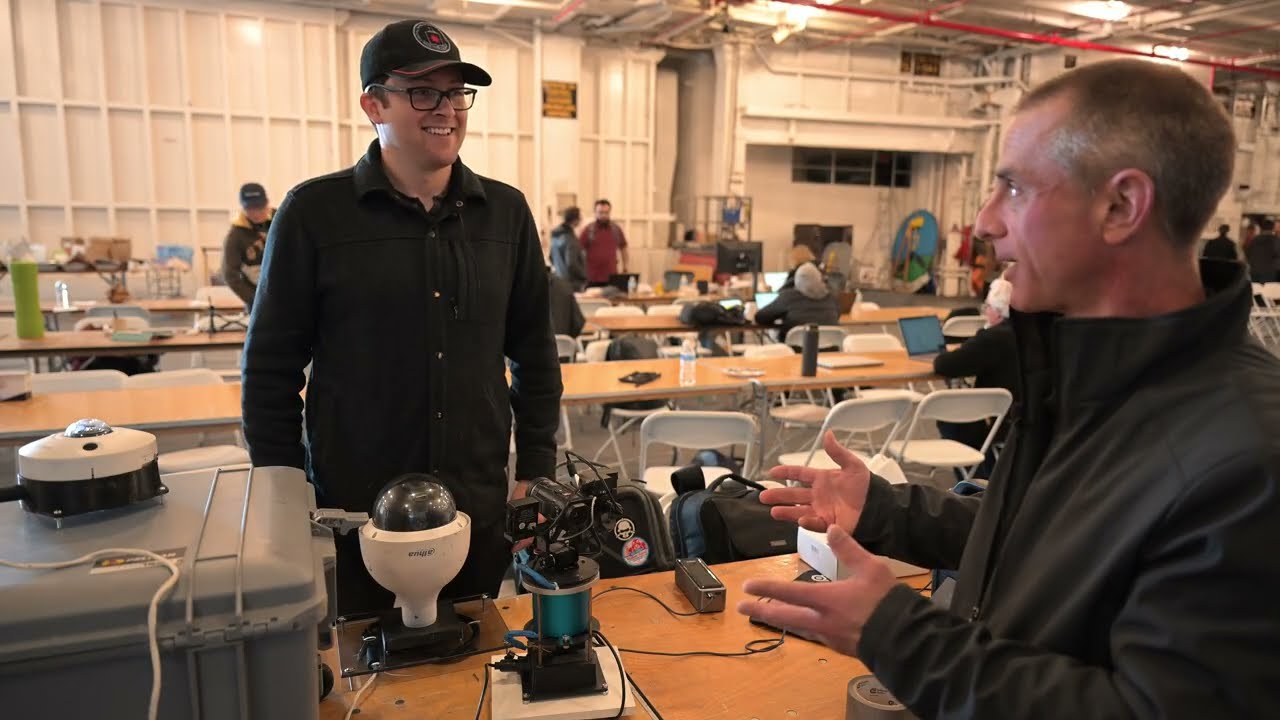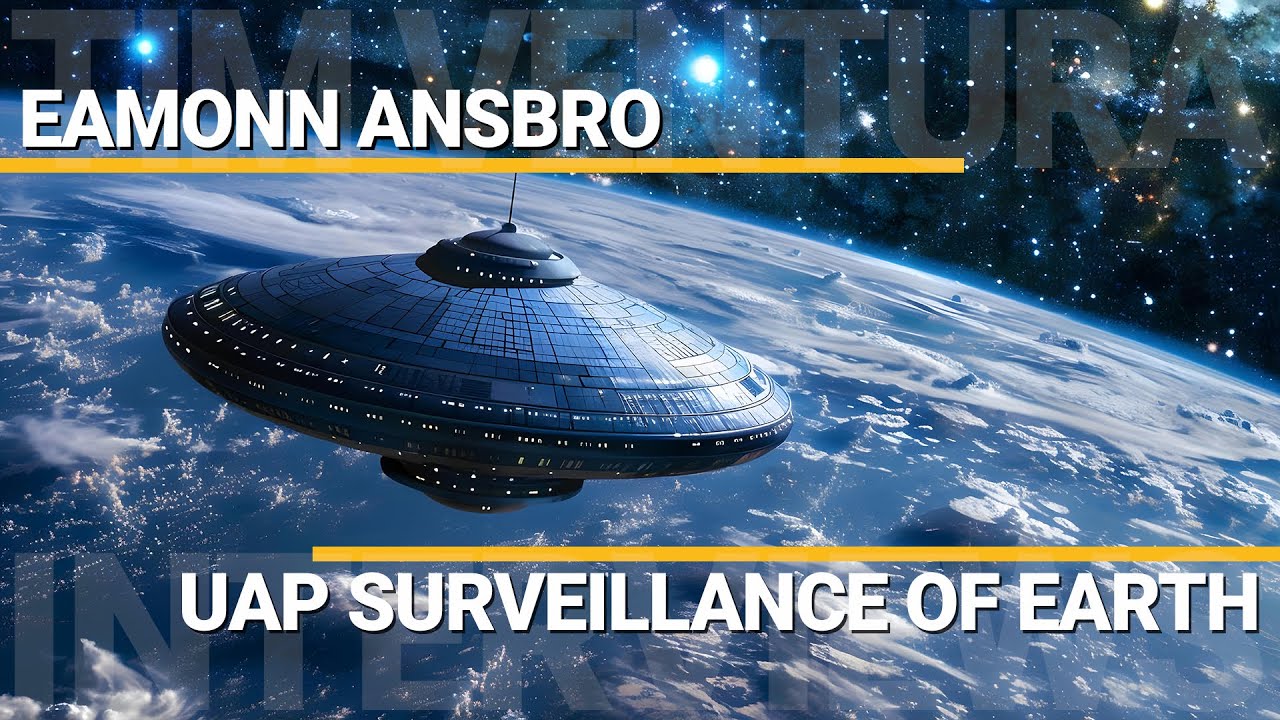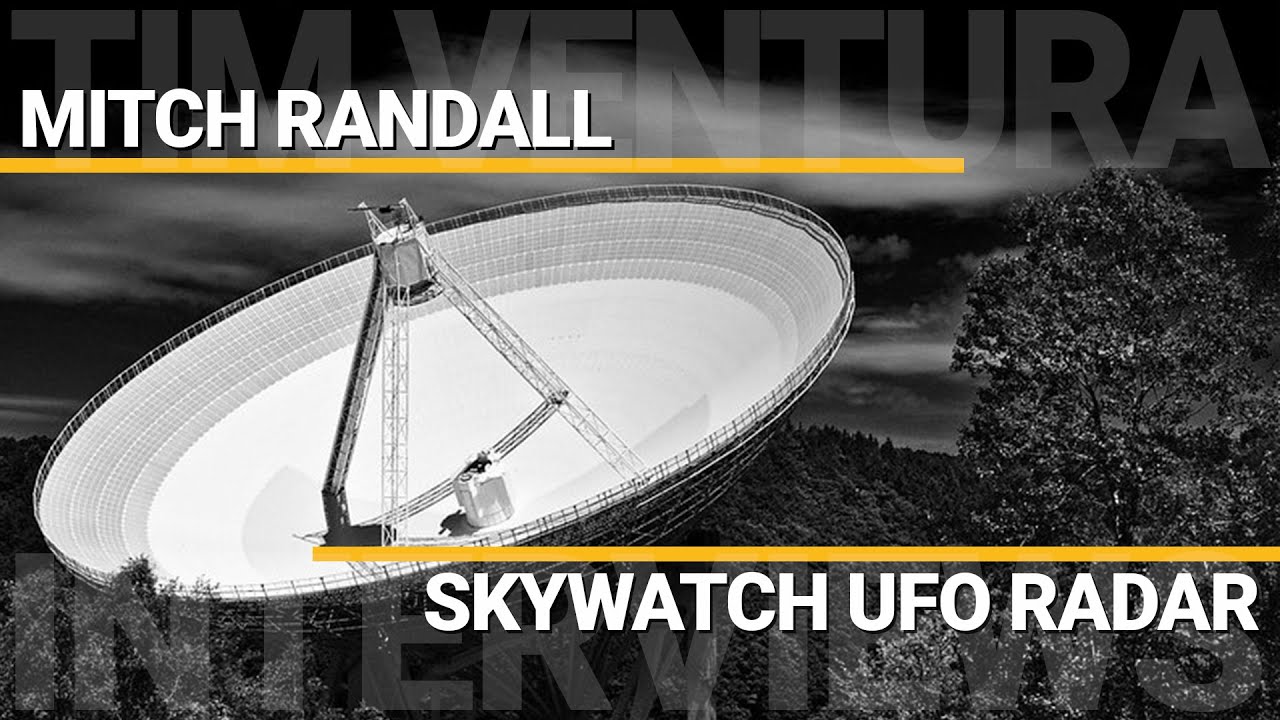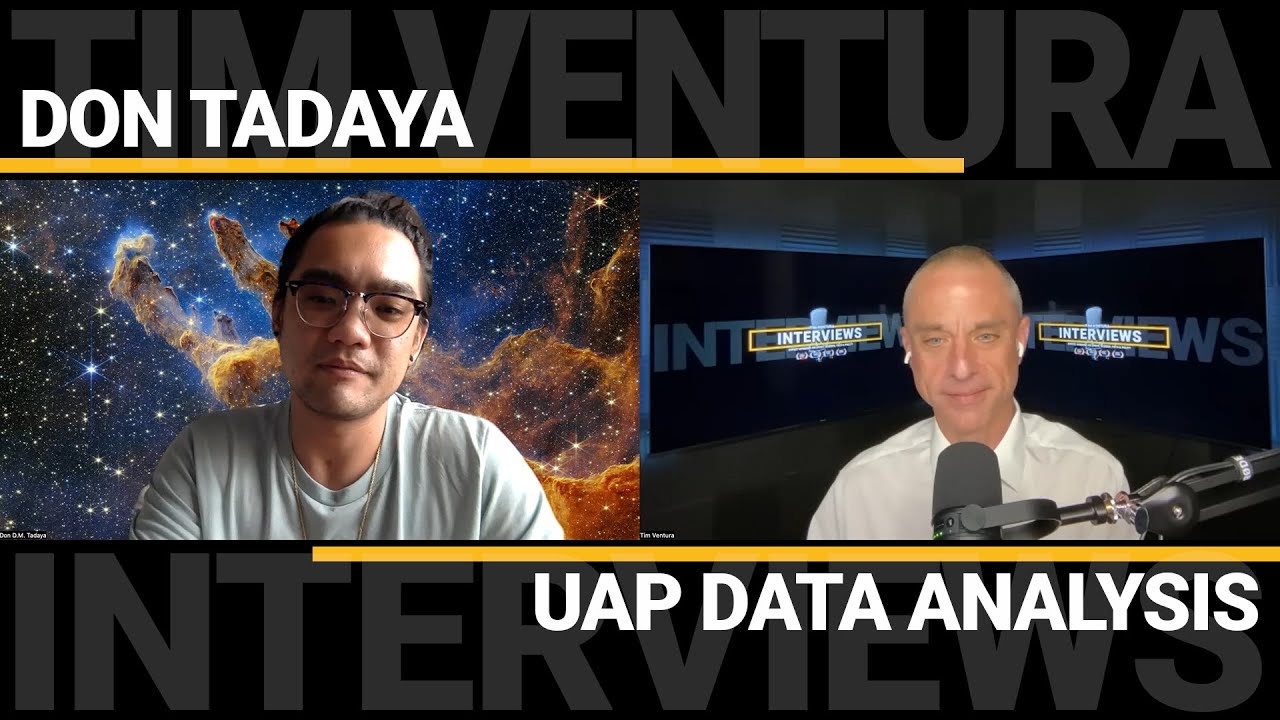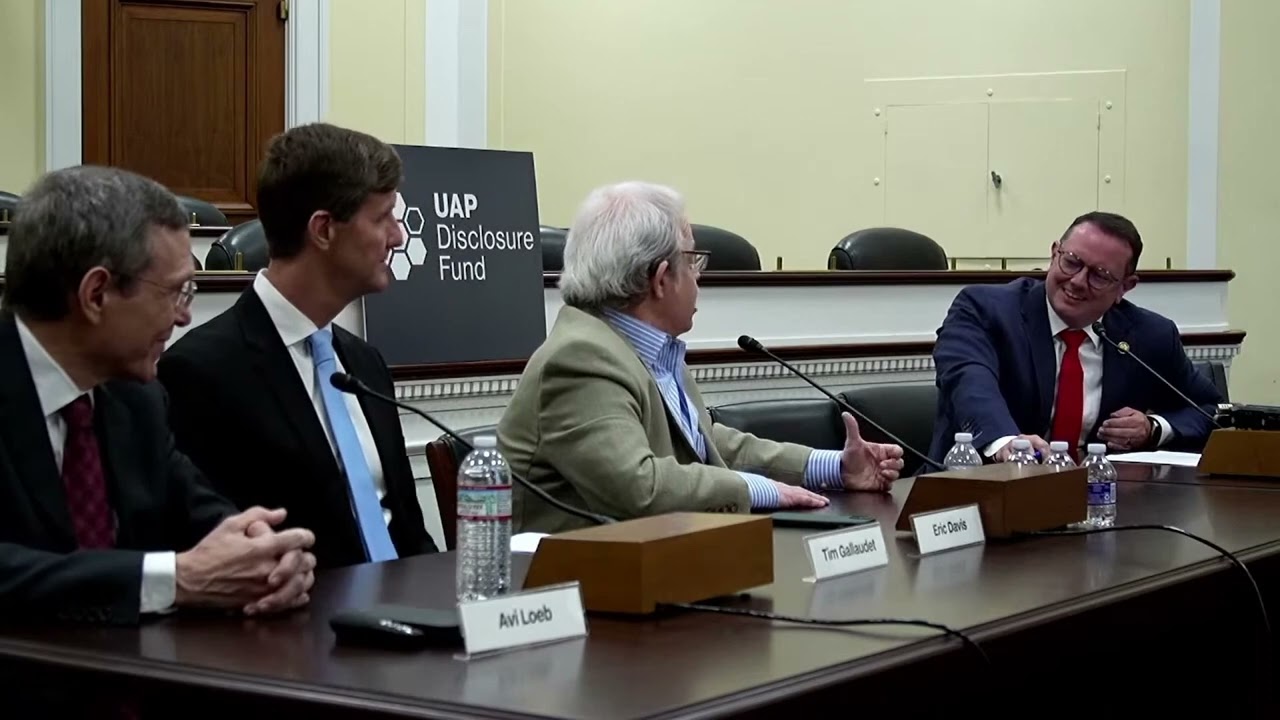UAPx Field Expedition Results
Dr. Matthew Szydagis discusses his new paper, “Initial Results From the First Field Expedition of UAPx to Study Unidentified Anomalous Phenomena” and provides scientific expertise on speculation about UAP propulsion systems. Dr. Szydagis, a physicist specializing in dark matter detection, recently participated in the UAPX expedition to Catalina Island, a known UAP hotspot. The expedition, utilizing various detection equipment including FLIR and UFO DAP cameras, recorded a notable event: a “dark spot” with white dots in near-IR imagery coinciding with a high-energy radiation burst.
While the paper analyzing this event explores numerous hypotheses, no prosaic explanation fully accounts for the observation. Dr. Szydagis emphasizes the importance of rigorous scientific methodology, focusing on data analysis and hypothesis testing, rather than jumping to conclusions. He highlights the challenges of interpreting UAP phenomena, acknowledging the lack of hard evidence for the extraterrestrial hypothesis while remaining cautiously optimistic about future research and potential disclosures. Future research plans include further analysis of the Catalina Island data, potential return expeditions, and the pursuit of additional funding. The ultimate goal is to establish UAPX and the University at Albany as credible scientific researchers in the field of UAP studies.
A Physicist’s Journey into the UAP Realm
Dr. Szydagis’ path to UAP research is a compelling narrative. His lifelong fascination, ignited by childhood encounters with “Unsolved Mysteries” and early drawings of UFOs, transitioned into formal involvement following the December 2017 New York Times article on UAPs. His recruitment to the UAPX and the Scientific Coalition for UAP Studies (SCU) was facilitated by Professor Kevin Knuth, highlighting the growing collaboration between established scientists and UAP researchers.
The Catalina Island Expedition: Data and Discoveries
The July 2021 Catalina Island expedition, spearheaded by Gary Voorhees and Kevin Day, formed the core of our discussion. Dr. Szydagis meticulously detailed the sophisticated equipment deployed: FLIR cameras, UFO DAP cameras (both fisheye and pan-tilt zoom), the OSIRIS vehicle, and radiation detectors (including the MIT Cosmic Watch). This comprehensive setup aimed to capture both visual and radiation data, providing a multi-faceted approach to UAP investigation.
The expedition’s highlight was a July 16th, 4 AM event, characterized by a “dark spot” in near-infrared camera footage coinciding with a spike in ionizing radiation. This anomaly, captured by Jeremy McGowan on a UFO DAP camera, remains unexplained despite rigorous analysis. The paper, currently a preprint, explores ten hypotheses, ruling out prosaic explanations such as camera noise or known celestial events. The raw, uncompressed imagery further strengthens the case for an anomalous event.
Scientific Rigor and the Pursuit of Evidence
Dr. Sadagas emphasized the importance of scientific rigor, highlighting the UAPX’s commitment to data-driven analysis and hypothesis testing. The team meticulously collected 55 hours of background radiation data, allowing for a thorough comparison with the anomalous event. The analysis definitively ruled out solar activity as the cause of the high-energy radiation detected.
While the paper acknowledges speculative ideas, such as gravitational propulsion systems and their potential impact on background radiation (Doppler blue shift), it maintains a scientifically agnostic stance, focusing on the observable data. The discussion touched upon various theoretical concepts, including shape-shifting, gravitational lensing, and warp drives, but Dr. Sadagas stressed the need for hard evidence before drawing definitive conclusions.
The Extraterrestrial Hypothesis: Speculation vs. Evidence
The conversation naturally led to the question of the extraterrestrial hypothesis. While acknowledging the possibility, Dr. Szydagis emphasized the lack of hard evidence to support it. He highlighted the improbability of detecting neutrinos from potential extraterrestrial sources, suggesting that intercepting human communications would be a far more efficient method for an advanced civilization to gather information.
The possibility of advanced human technology was also discussed, but the lack of any nation claiming responsibility for such technology was deemed illogical. The idea of robotic probes (von Neumann probes) was considered, but this explanation fails to account for reported humanoid encounters and abductions.
Future Research and the Path Forward
Dr. Szydagis’ future research plans include continued work on the LZ dark matter experiment and further UAP expeditions, contingent on securing funding. The success of the Catalina Island expedition has paved the way for multiple publications based on the collected data and newly developed analysis techniques. The team’s focus on reproducibility and rigorous scientific methodology underscores their commitment to advancing our understanding of UAPs. The ultimate goal, as Dr. Szydagis eloquently stated, is the public release of hard evidence, allowing for thorough scientific scrutiny and a definitive answer to one of humanity’s most enduring mysteries. The hope remains that 2024 might bring such breakthroughs.
Register For UFORev
Want to see more great UFO Reverse Engineering stories? Sign up for our mailing list to get exclusive access to captivating presentations, engaging events, and more!
RECENT POSTS
UAP Detection & Tracking
April 22, 2025
Detecting UFO Warp Drive Signatures
April 12, 2025
UAP Surveillance of Earth
February 14, 2025
SkyWatch UFO Radar
November 10, 2023
UAP Data Analysis On 80,000 Sightings
May 29, 2023
UAP Disclosure Fund Hearing With Eric Davis
May 6, 2025
